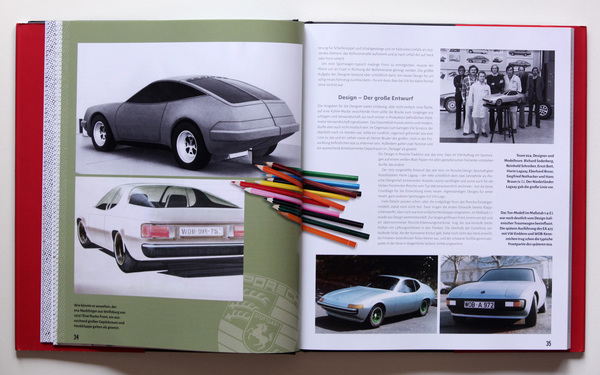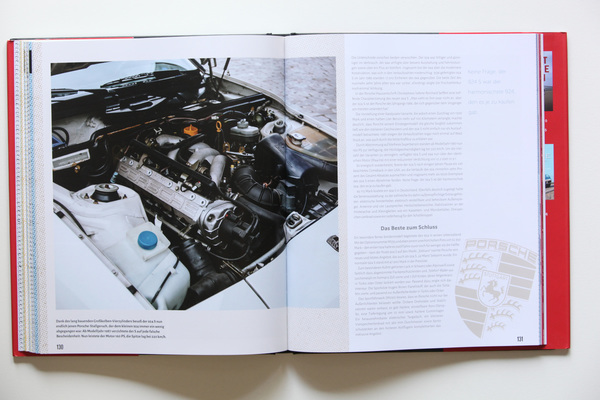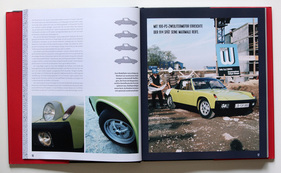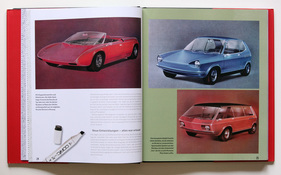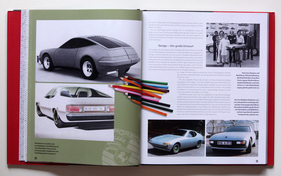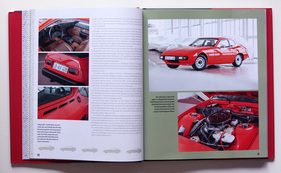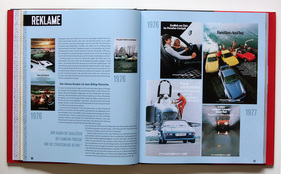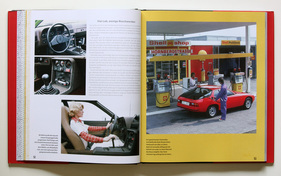The Porsche 924 probably symbolizes one of the greatest turning points in German industrial history. Designed as the VW Porsche 914 successor by Porsche for Volkswagen, it marked a major historical turning point: water cooling, front engine and a trunk. Sounds obvious, but at the end of the 1960s it was not even a bold dream in the VW design department.
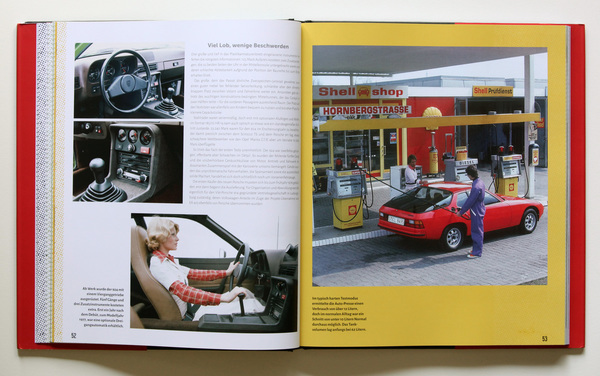
Long story short: The Porsche 924 is a child of the upheaval at VW, which was completed in 1974 with the Passat, Scirocco, Golf and Polo. The Wolfsburg-based company had cheerfully helped itself to the subsidiary Audi NSU, starting with the K 70, which was preferably produced as a VW in Salzgitter rather than in Neckarsulm as an NSU.
The deeper meaning behind this? To present a modern interpretation of VW's mid-size class for the 1970s to the VW 411, which was already conceptually dusty when it was launched. What was still missing was a sports car, sportier than the VW-Porsche in any case, which also used 411 technology.
Where it says 924 on it, there is 924 in it
Jan-Henrik Muche dares to reappraise the history of the transaxle 40 years after the 924 was presented, and in order not to overdo it, he ultimately limits the 190 pages to the 924: Even though the cover picture appears to show a 944, we learn inside, it is the 924 Carrera GT, which was homologated in Group 4.
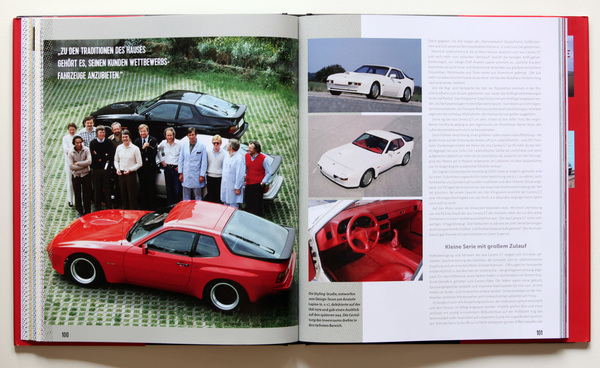
Friends of the 944 or even the 968 will at best be comprehensively enlightened in this book about the origins of their favorite model, but Muche really limits himself to the 924 history.
EA 425, VW, Audi, Porsche
What today is a natural part of a corporate group was held together almost 50 years ago more by commercial, friendly or technological connections. On the one hand, Germany's largest car manufacturer, Volkswagen, which was trapped in a shock of success with its air-cooled idea of the rear engine. On the other side, the small, hot acquisitions: Auto Union with front-wheel drive, NSU with great small car expertise and Wankel engine and, of course, commercially independent Porsche, ideologically more closely linked to VW, but as a sports car manufacturer with ambition, naturally always on the cutting edge.
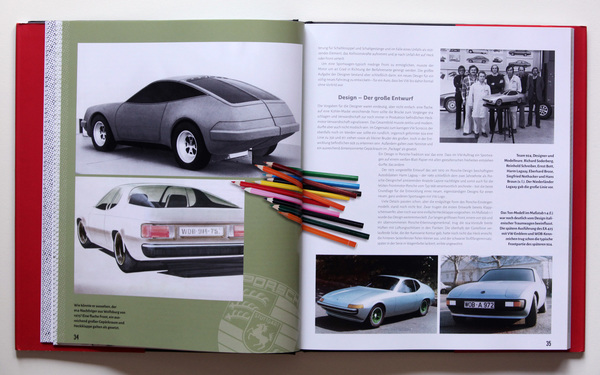
And it was precisely into this contrasting situation that the EA 425 was born around 1970: As VW's desire to replace the 914. Driven by Porsche for VW and launched with a lot of Audi technology (especially the 4-cylinder engine), the EA 425 was soon a stepchild within the structures described above. VW was doing badly, instead of sports cars they needed a proper model range, losses of almost DM 1 billion made life difficult for the Wolfsburg company. And with the Scirocco, they soon had a sports car that was cheap to produce and with which they could earn money.
So the EA 425 was to roll off the production line as the successor to the Audi 100 Coupé S. But the oil crisis messed up the deal, and Audi - especially with its old production facilities in Neckarsulm - was on the verge of closure. The unprofitable plant was to shrink the entire VW Group in one fell swoop. Under Toni Schmücker, the VW reorganizer hired by Ford in 1975, a deal was struck with Porsche, who sold the EA 425 project back to Porsche and the vehicle, now called the Porsche 924, was ready for series production by the end of 1976.
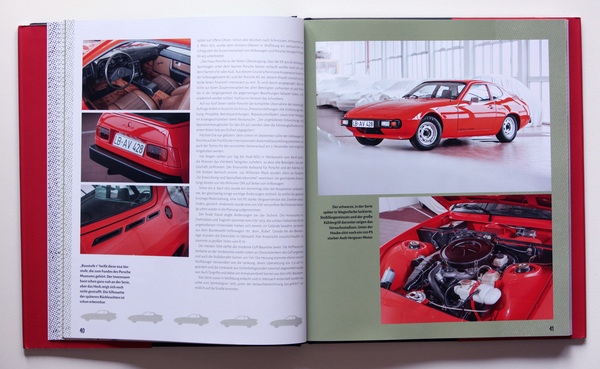
Ironically, it then rolled off the production line at Audi NSU in Neckarsulm on a contract basis, helping to save the survival of this site. A word about Toni Schmücker: As is so often the case in history, the last are the first, in this case Schmücker reaped the harvest that his predecessors had sown since Lotz in 1968. The work was done, he could adorn himself with other people's feathers.
A big or small hit
Since its launch, the 924 and its derivatives have been criticized: not a real Porsche, not air-cooled, wrong engine placement and so on. Stop: the Porsche 924 now also has its fans. But Muche provides the arguments to identify the car as a genuine Porsche. In addition to the complete development history, he also provides references to the so-called Porsche DNA. Whether transaxle, Targa, Carrera, motorsport, even the advertising is not too bad for the author to make the 924 appear as a real Porsche. And: much better, he can also justify this in pictures and text.

What started out rather petty from today's perspective quickly became a bestseller from Porsche's point of view, especially in the USA. And the constant evolution up to the 968 ultimately gave the transaxle idea a shelf life of 20 years. A monumental value in automotive engineering, which even the 911 idea can only keep alive through constant and consistent model renewal.
Clearly structured - clearly informed
The book is divided into a manageable ten chapters. Interesting inserts on special developments, motorsport or unrealized ideas liven up the really well-designed book and its history. Muche guides us through the highs and supposed lows in an entertaining way and succeeds in presenting the production history from 1976 to 1988 in an exciting and, above all, informative way: For those interested in the numerous special models of the Porsche 924, for example, these are presented in detail both in the text and in the accompanying facts.
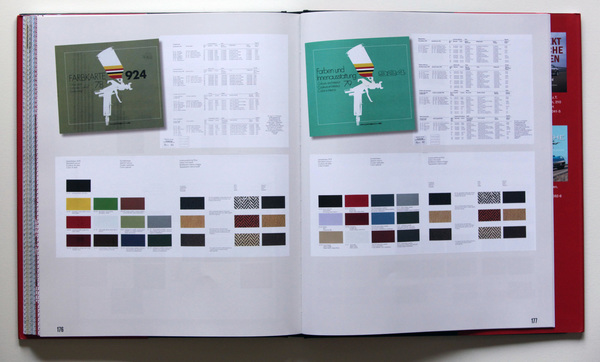
Speaking of the appendix, in many monographs this is always a thing in itself: The 924 book divides the facts into three categories, a meticulous listing of the technical status by model year, prices, paintwork and equipment, technical data and the special models already mentioned take up 1/10 of the book.
Purists will certainly be able to supplement these lists with many yellow slips of paper. But at least when dealing with these facts, Muche has kept them out of the text, thus avoiding redundancy
Driving a Porsche at last
As modern as the design of the 924 was in its day - after all, there was only the Alfa GTV, also designed as a transaxle (albeit with a 6-cylinder engine), against which the 924 had to measure itself - Porsche's wish that the transaxle models (with the 928) would one day replace the 911 seems quite audacious from the distance of time. But the idea was not so bold. The entire common parts strategy from the VW and Audi Group modular system, which has always been held against the 924, was no different with the 356.
So what purists were already disparagingly criticizing in the 924 a good 13 years after the 911 was launched was in keeping with good Porsche tradition, which lasted just over 25 years in 1976 ...
The 924 was actually a good introduction to the world of Porsche, especially in terms of design. In contrast to the Alfa GTV, which was designed by Giorgio Giugiaro, who at the time was responsible for the Scirocco, Passat and Golf at VW, the design team led by Anatole Lapine had produced an extremely timeless design with exotic folding headlights, which can be interpreted as a very German interpretation of Italian super sports car studies from the late 1960s and 1970s, which were again designed by Giugiaro, among others, and which not only found its way into small series production, but was also a mass-produced product and in some cases the best-selling Porsche until it was discontinued as the 968.
Finish line
The Porsche 924 is close to author Jan Hendrik Muche's heart. Heel Verlag has flattered the book with the accolade of "Edition Porsche Driver", which is emblazoned on the book title like a medal. "Porsche" is a name that also sells books. It is therefore all the more pleasing to note that a Porsche monograph has been created here in which the author succeeds in putting the long frowned upon model in the right light. This is probably also due to the fact that Muche had a little more patience when searching the archives and also had the stamina to prepare the facts he found.
For the Porsche 924 now emerges as a desirable model right from its presentation, which, in strict contrast to the 911, had its place in the Porsche range as well as on the roads and racetracks. Last but not least, the title illuminates all corners of the development history. No topic is neglected, and it repeatedly spans an exciting and meaningful arc of Porsche history in an invigorating way. Of course, the 924 turbo, the 924 GT and the 924 GTS are also honored in detail.

If you also know a little about the history of VW, Audi, NSU, the designers and motorsport, you are guaranteed to get the best introduction to the Porsche transaxle models for a fair EUR 39.95. At least as far as the 924 is concerned. And that is quite a lot.
Bibliographical details
- Title: Porsche 924 - The perfect balance
- Author: Jan-Henrik Muche
- Language: German
- Publisher: Heel Verlag, 1st edition 2017
- Format: 245 x 292 mm, hardcover bound in dust jacket
- Scope: 190 pages, numerous color images, some b/w images
- ISBN: 978-3-958-43498-1
- Price: EUR 39.95
- Order/buy: Online at Heel-Verlag, online at amazon.de or in bookstores




